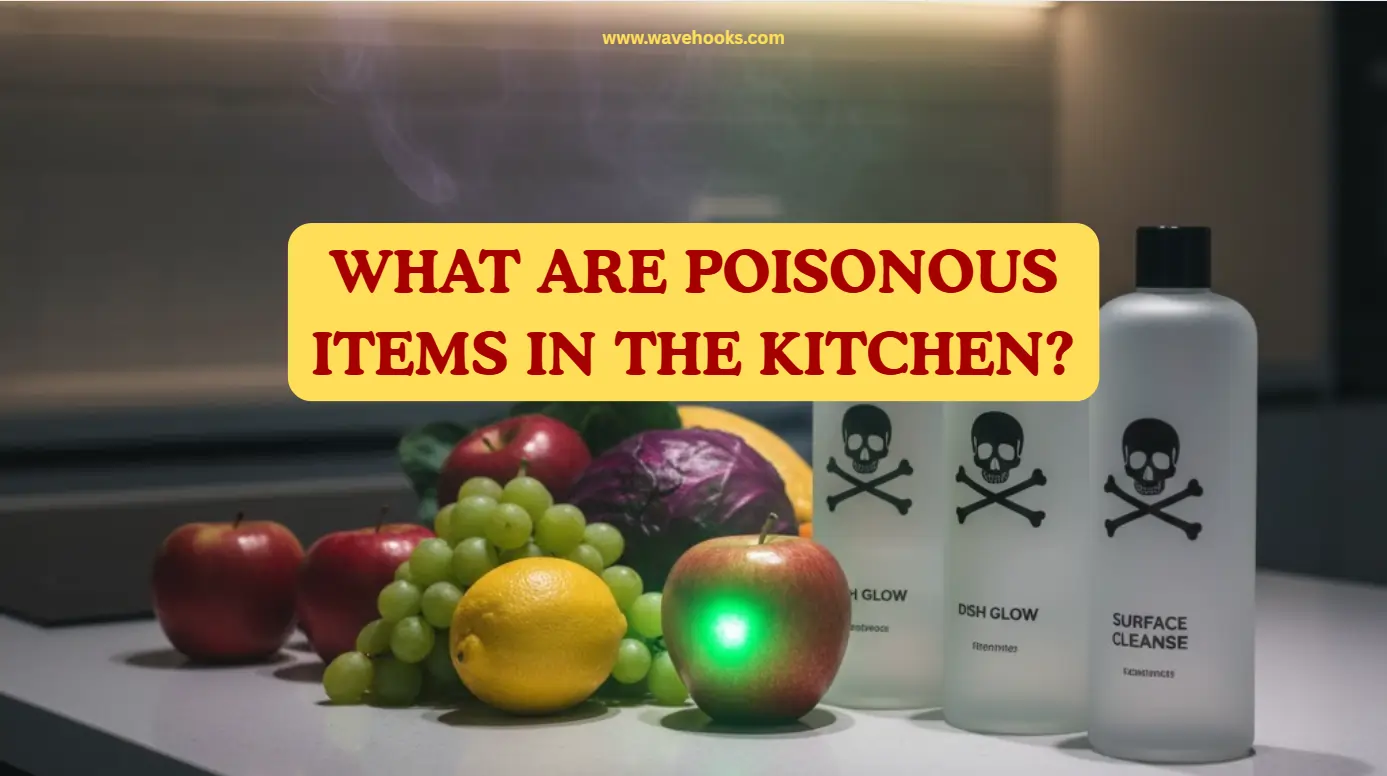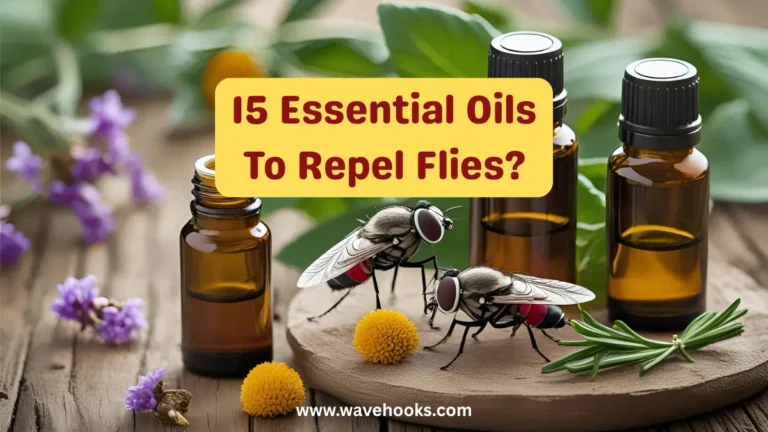Your kitchen should be a happy place filled with good food and family memories. You never expect everyday tools will backstab you.
Do you know a misplaced nonstick pan, an overlooked pesticide packet, or that cracked plastic cutting board? silently poisoning your meals.
In the next minutes, you’ll uncover what are poisonous items in the kitchen, how they threaten your health, and tricks to protect your home.
Don’t wait – your safety depends on knowing how to stay safe all the time!
What are poisonous items in the kitchen?

Here are some poisonous items in the kitchen that one must know:
1. Nonstick cookware & PFAS coatings: When overheated above 260 °C (500 °F), nonstick surfaces degrade and release per- and polyfluoroalkyl substances (PFAS), nicknamed “forever chemicals.” Scratched or aged coatings leach microplastics into food. That’s why nonstick pans deserve prime caution.
2. BPA-lined cans, plastic wraps, and containers: Many canned foods use epoxy linings containing Bisphenol-A (BPA), a known endocrine disruptor. Hot foods in plastic wraps or containers worsen leaching. These are some of the poisonous items in the kitchen that usually surprise them.
3. Low-grade plastics and black utensils: Black plastics, especially utensils or packaging, usually hide flame retardants or additives linked to cancer. When heated or scratched, they leach into food. So, yes, black spatulas may be among the answers to what are poisonous items in the kitchen.
4. Old aluminum and copper cookware: Research shows non-anodized aluminum tends to leach metals (Al, Pb, Cd, Cr) under acidic cooking conditions more than stainless steel or copper. That leaching risk makes old aluminum cookware a major entry in poisonous items in the kitchen.
5. Pesticides, rodenticides & airborne chemicals: Seasonally, insect and rodent poisons may sit in nearby closets adjacent to kitchens. Even trace residues can drift or contaminate packaging. These household poisons are a silent, often overlooked set of poisonous items in the kitchen.
6. Harsh chemical cleaners & solvents: Bleach, oven degreasers, and drain uncloggers may release fumes or leave residues. When misstored or sprayed near food preparation areas, they become part of what are poisonous items in the kitchen.
7. Moldy food, spoiled oils & mycotoxins: Rotten grains, nuts, or oils can carry aflatoxins or mycotoxins, biological poisons. Though not “items” in the traditional sense, they count among poisonous items in the kitchen when neglected.
Suggested Read: Smell Under Kitchen Sink? 10 Hidden Causes You Must Know!
Simple Tricks to Reduce Kitchen Poisoning

Here are some simple tricks to reduce kitchen poisoning:
1. Season your cast-iron items with flaxseed oil weekly
When you flip the pan each season, heat a thin layer of flax oil until it smokes. That polymerizes into a safe, nonstick barrier. This hack reduces dependence on synthetic nonstick coatings, a known item that is poisonous in the kitchen while enriching surface durability.
2. Rotate stored pesticides each quarter
Label each jar or carton with quarter codes. Every three months, remove the oldest items and shift them to garage storage. This rotation ensures no insecticide fumes drift near food during warmer seasons, a method to prevent adding to what are poisonous items in the kitchen.
3. Freeze leftover oil in mason jars
Pour used cooking oil into a glass mason jar, cool, funnel into a freezer-safe container, and freeze. Freezing reduces oxidation and rancidity, thus inhibiting the formation of harmful aldehydes or toxins. This simple method helps avoid bad oils, one of which is poisonous items in the kitchen.
4. Use thermal sensor drawer alarms
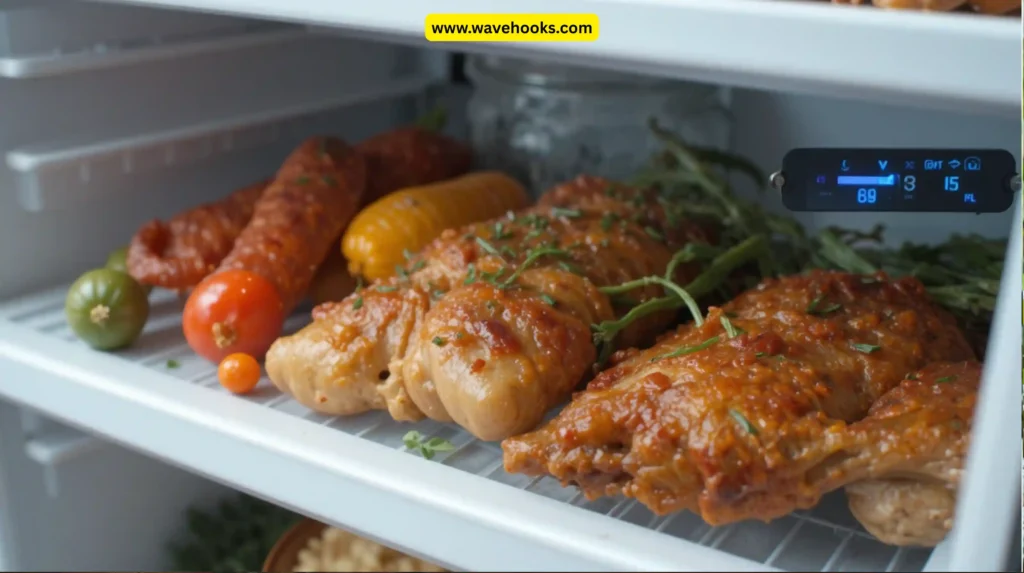
Install a fridge thermometer that rings when temp exceeds 5 °C (41 °F). If food warmth passes that point, protein breakdown accelerates. The alert keeps you from accidentally consuming spoiled food part of poisonous items in the kitchen.
5. Swap black plastic utensils after one season
At summer’s end, discard any scratched black plastic tools. Replace them with wooden, silicone, or stainless versions. That eliminates daily leaching from flame retardants, a hidden entry in what are poisonous items in the kitchen.
Suggested Read: Why Is It Necessary To Clean Vent Hoods For A Safer Kitchen?
6. Use a vinegar soak for metal cookware monthly
Once every four weeks, boil a 1:3 vinegar-water mix in your pots. The mild acid pulls residual metals like lead, aluminum from surfaces. Regularly doing this lowers leaching, an essential step against what are poisonous items in the kitchen.
7. Implement a “clean sweep shelf” near the pest zone
Install a plastic board barrier between the pantry and the pest control cabinet. When storing rodent bait or traps, place them behind that shield. This reduces airborne transfer or smudging near food, addressing poisonous items in the kitchen.
8. Label cleaners with QR-coded MSDS links
Print mini QR labels linking to Material Safety Data Sheets and stick them on bottles. When a family member doubts safety, a scan shows hazards. This transparency counters misuse and prevents accidental inclusion of poisonous items in the kitchen.
9. Use glass lids under boiling tea kettles

When boiling water, set a tempered glass plate under the kettle. If scorching causes metal vapor or micro-particles, they land on the glass, not your countertop. This reduces risk tied to what are poisonous items in the kitchen.
Suggested Read: Does Salt And Boiling Water Unclog Drains: It Really Works?
10. Seasonal swap: glass for plastic storage
In summer, rotate out plastic containers and use borosilicate glass boxes. In winter, keep rigid, food-grade plastic only. This habit restricts plastic leaching during heat cutting down one element of what are poisonous items in the kitchen.
11. Steam ventilation check with charcoal trick
Every season, leave a bowl of activated charcoal in the kitchen for 24 hours. If the charcoal darkens, your vent is pulling pollutants back into space. Clean ducting accordingly. This prevents fumes from cleaners or PFAS coating items in which are poisonous, in the kitchen.
12. Infuse the cupboard with citrus peel sachets
Place dried citrus peels in mesh bags beside chemical bottles. The citrus oil absorbs volatile compounds, reducing odor and drift. It doesn’t neutralize everything but lowers the scent barrier, a clever help for what are poisonous items in the kitchen.
13. Label “hot zone” for cooking only
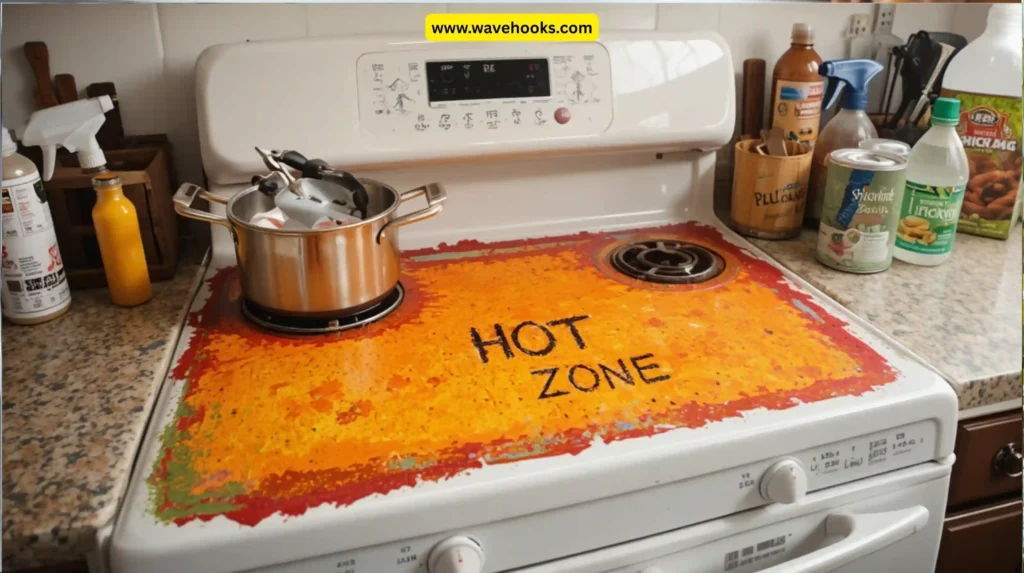
Paint a 30 cm boundary around the stove edges in seasonal colors. Limit the storage of plastics, cleaners, or sprays outside that zone. By keeping volatile items away from heat, you minimize one major class of poisonous items in the kitchen.
Suggested Read: How To Clean Blackstone Griddle: The Ultimate Refresh Guide!
14. Weekly “mirror check” for hidden mold
Once a week, glance behind appliances using a mirror to check for mold or spoilage behind fridges or ovens. Hidden mold spores may migrate toward food surfaces. This offers early detection of biological hazards and poisonous items in the kitchen.
15. Freeze test suspicious containers
Got a plastic bottle you’re unsure about? Freeze it overnight. If it cracks or becomes brittle, it’s low grade and may leach under heat. Toss it. This test prevents silent exposure to items tied to poisonous substances in the kitchen.\
Suggested Read: Why Does Malt Vinegar Smell Bad? Unmasking The Hidden Cause!
Seasonal Safety Focus: Spring, Summer, Fall & Winter Hazards

Here are some safety measures that need to be taken as per the season:
1. Spring: Pest control surge: Spring invites bugs. Many reach for sprays or fumigators. Always store pesticides well away from food. That’s part of the answer to what poisonous items are in the kitchen during this season.
2. Summer: Heat accelerates leaching: High temperatures boost plastic or metal leaching. Thus, nonstick pans, BPA containers, and black plastics in the kitchen become riskier in summer.
3. Fall: Harvest preservative chemicals: Newly canned goods and pesticides enter kitchens. Be attentive. Some additives may leach or be overused, adding to poisonous items in the kitchen.
4. Winter: Enclosed indoor chemicals: Cleaning, pest sprays, and deodorizers increase indoors. Fumes linger. That raises the stakes on chemical storage, a seasonal spike in what are poisonous items in the kitchen.
Suggested Read: 8 Efficient Kitchen Organization Tips for Easy Meal Prep!
Preventative Measures for a Safer Kitchen Environment

Securing your kitchen is very important. So, here are some preventive measures to take for a safer kitchen environment:
1. Maintain Strict storage zoning: Designate clear zones for food preparation, chemicals, and pest control. Never store poisons near food or cookware. Most cross-contamination happens from careless placement, one of the major roots of what poisonous items are in the kitchen.
2. Use food-grade containers only: Only use containers labeled “food grade” or “BPA-free.” Avoid unclear plastics. This rule directly minimizes how many items fall under what are poisonous items in the kitchen.
3. Regularly check cooking vessels: Inspect all pots, pans, and containers each season. Discard scratched, nonstick, thin plastic, or cracked pieces. This audit reduces your load of what are poisonous items in the kitchen.
4. Ventilate while cooking: Run exhaust fans and open windows when cooking. Many chemical fumes or volatile compounds scatter quickly. Without ventilation, trace poisons from your cookware or cleaning sprays become part of what are poisonous items in the kitchen.
5. Adopt clean-as-you-go hygiene: Wipe spills immediately, especially acidic drips like tomato juice. These can corrode metal or plastic surfaces and boost leaching. By catching accidents early, you can reduce the effectiveness of what are poisonous items in the kitchen.
6. Keep detectors & alerts: Install a carbon monoxide (CO) detector near the kitchen. Also, use VOC (volatile organic compound) detectors if possible. They give an early warning before chemical levels rise, protecting you from hidden elements that are poisonous in the kitchen.
7. Seasonal clean and replace: Every six months, throw out suspect or unused items like cheap plastics, warped cookware. This continual purging ensures your inventory of what are poisonous items in the kitchen stays minimal.
8. Label everything clearly: Write expiry, usage date, and hazard warnings on every container. If you or someone else doubts a bottle’s safety, this clarity prevents accidental cross-use or ingestion, helping reduce items that fall within what are poisonous items in the kitchen.
9. Use natural alternatives: Whenever possible, replace chemical cleaners with vinegar, baking soda, or enzyme-based cleaners. This cuts down your chemical load, thus reducing contributions to what are poisonous items in the kitchen.
10. Educate all household members: Hold a short seasonal meeting to explain chemical risks and zones. Label rules like “don’t bring spray bottles near the stove” so everyone cooperates.
Suggested Read: How To Keep Cockroaches Out Of Your Kitchen Drawers(12 Tips)
Real-World Examples
In a lab simulation, researchers boiled acetic acid in aluminum pots and found lead, cadmium, and chromium leaching sometimes exceeding safe limits.
A study among 154 young adults found that their refrigerator and freezer temperatures exceeded safe ranges, increasing microbial risks.
In a U.S. kitchen audit, 76 million Americans per year fall ill to food poisoning, and many cases arise from kitchen mishandling.
A 2024 study uncovered high levels of flame retardants in black plastic food contact items like sushi trays, illustrating how everyday tools are poisonous.
These examples show your risks are real and preventable by knowing and acting on what the poisonous items are in the kitchen.
Suggested Read: How To Get Food Stains Out Of Baby Clothes In 1 Wash!
Conclusion
You’ve now learned what poisonous items are in the kitchen, across plastics, metals, chemicals, and spoilage.
Don’t wait for illness to make changes. Today, start with one zone like dump scratched plastics, clean old sprays, or install a detector.
Start small. Begin with the cleanup. Act now, protect your loved ones before a hidden toxin finds you.
Share this knowledge with your family. Because once you know what are poisonous items in the kitchen, you hold the power to eliminate them, for good.
FAQs: what are poisonous items in the kitchen
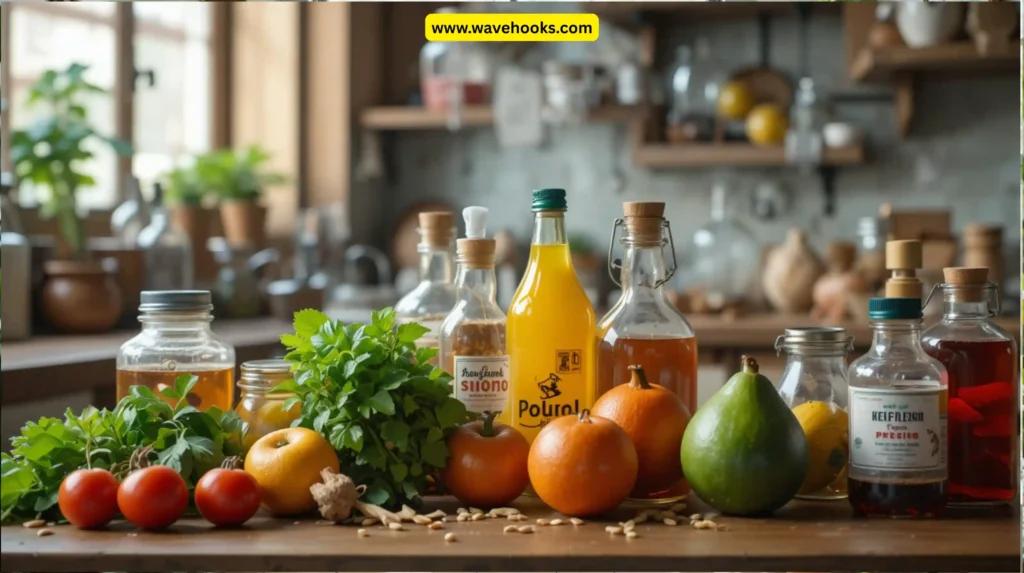
1. In summer, what are the poisonous items in the kitchen
In hot months, plastics, especially untested ones, nonstick coatings, and BPA containers, Insecticides, and rodent sprays will drain quickly. Those are the items in the kitchen to watch in summer.
2. During winter, what are poisonous items in the kitchen to avoid?
Cold weather usually initiates the use of chemical deodorizers, aerosol sprays, indoor cleaners, and rodent traps. Poor ventilation may trap fumes. They are poisonous items in the kitchen to keep sealed and away from food.
3. How can spring cleaning help reduce poisonous items in the kitchen?
Spring is ideal for cleaning old plastics, unlabeled containers, and expired substances. You can also reorganize zones and ventilate. This seasonal cleanup drastically reduces your list of poisonous items in the kitchen.
4. Does seasonal humidity influence poisonous items in the kitchen?
Yes, humidity softens plastics, increases straining, dissolves powder coatings, and helps gases diffuse. That boosts everyday culprits like nonstick pans or chemical sprays, further expanding poisonous items in the kitchen.
Suggested Read: 10 Easy School Lunch Ideas Kids Will Actually Eat This Week!
5. What long-term effects occur from exposure to those kitchen poisons?
Chronic exposure to PFAS, BPA, heavy metals, or mold toxins links to endocrine disorders, kidney damage, cancer risk, and neurological issues. Recognizing poisonous items in the kitchen isn’t alarmism, but it’s health insurance.
6. Which seasonal gadget helps manage what are poisonous items in the kitchen?
A VOC detector or portable air quality sensor works year-round, but especially in winter or monsoon seasons. It flags volatile compounds from sprays, plastics, or flame retardants, giving you early warning about poisonous items in the kitchen.
7 . Can pests introduce new, poisonous items into the kitchen?
Absolutely. Rodent bait boxes, insecticides, and traps may contain anticoagulants or chemicals. Misplaced or leaking units add to the poisonous items in the kitchen. Always store them in sealed, distant cabinets.

